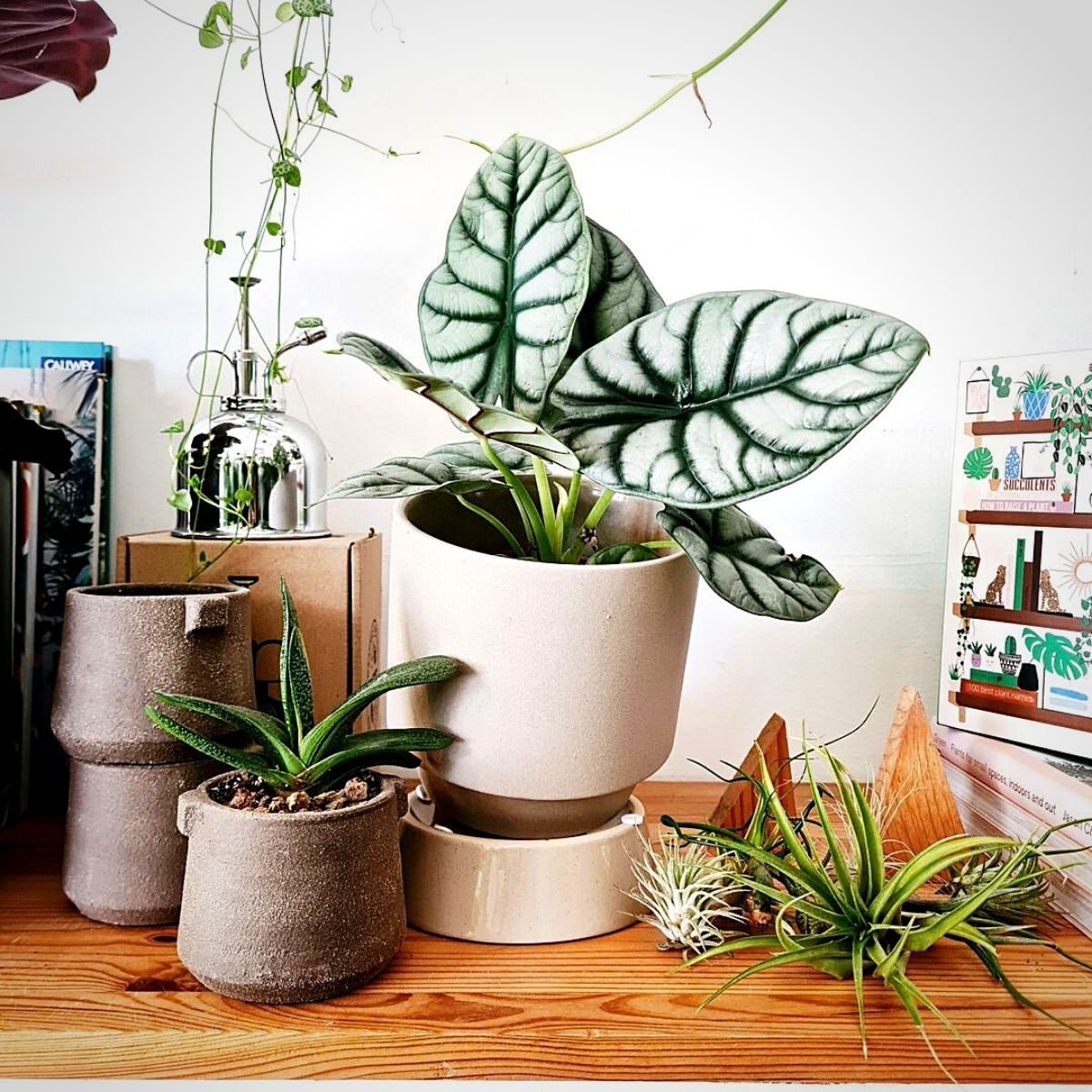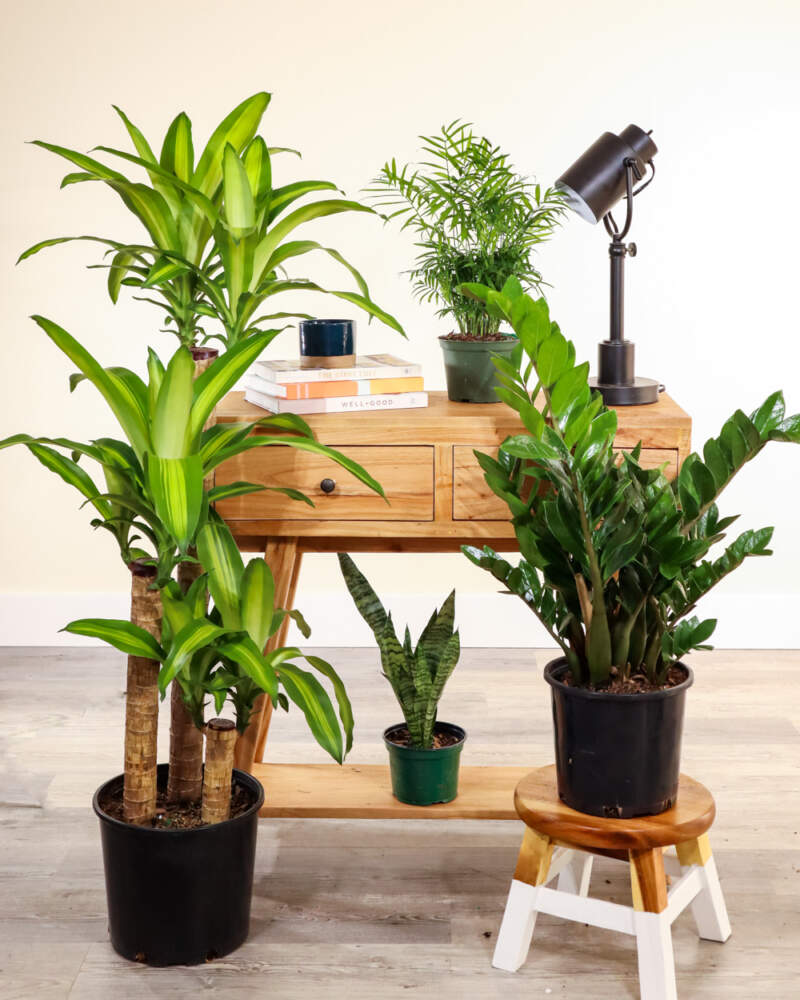Transform Your Home With Beautiful Low-Light Indoor Plants and Their Benefits
Including low-light interior plants right into your home can significantly enhance both the environmental and aesthetic high quality of your living areas. These plants, which thrive in dim problems, serve not only as ornamental components yet additionally as all-natural air cleansers, making them excellent for city occupants or those with minimal sunshine direct exposure. As we check out the various kinds of low-light plants and their benefits, you might discover unusual methods to integrate them into your home that can change your environments in methods you might not have actually prepared for.
Advantages of Low-Light Plants
Low-light plants offer numerous benefits for indoor environments, making them an outstanding choice for both novice and experienced garden enthusiasts. One of the primary advantages is their versatility to low-light conditions, permitting individuals to enhance their home without the requirement for extensive sunshine direct exposure. This characteristic makes them ideal for homes, offices, and various other locations with restricted natural light.

Moreover, integrating low-light plants right into home décor can elevate the aesthetic appeal of an area. Their rich vegetation and differed structures produce a soothing environment, adding to total health. Last but not least, the visibility of plant has been connected to lowered stress and anxiety degrees and boosted efficiency, making low-light plants a useful choice for improving both physical and mental wellness in interior setups.
Leading Low-Light Indoor Plants
While lots of indoor plants thrive in intense light, several varieties are particularly appropriate for low-light problems, making them optimal for different interior spaces. One prominent choice is the Snake Plant (Sansevieria), understood for its striking upright fallen leaves and resilience, needing marginal care. Another exceptional option is the Pothos (Epipremnum aureum), which includes heart-shaped fallen leaves and can trail magnificently from hangers or racks, flourishing in low light and including a lavish touch.
The ZZ Plant (Zamioculcas zamiifolia) is commemorated for its glossy leaves and capacity to withstand overlook, making it best for hectic way of livings. Similarly, the Peace Lily (Spathiphyllum) not just endures reduced light but also produces sensational white blossoms, boosting any type of space's visual.
For an one-of-a-kind touch, take into consideration the Cast Iron Plant (Aspidistra elatior), which indeed lives up to its name, flourishing in the darkest corners of your home. Finally, the Chinese Evergreen (Aglaonema) provides a variety of leaf patterns and shades while being incredibly flexible in low-light problems. These plants not only beautify interior settings however likewise add to air purification, boosting your space.
Care Tips for Low-Light Plants

Watering methods are important; these plants frequently favor somewhat completely dry conditions. Overwatering can bring about root rot, so make sure that the leading inch of soil is completely dry before sprinkling again. Usage pots with drainage holes to permit excess moisture to run away.
Humidity is another essential element. Several low-light plants, such as ferns and tranquility lilies, take advantage of higher moisture levels. To raise humidity, think about misting the fallen leaves or positioning a tray of water near the plants.
Fertilization must be approached with caution. Throughout the expanding period, use a weakened, balanced liquid plant food every month to support growth, however stay clear of feeding during the dormant cold weather.

Imaginative Ways to Show Plants
Interior plants can function as exciting focal factors in any room, boosting both visual appeal and ambiance. Creative displays can elevate the visual impact of low-light plants, making them an essential part of your home design. One efficient technique is to utilize tiered plant stands, which enable you to showcase multiple read here plants at varying heights while taking full advantage of flooring area.
Hanging planters are another innovative option, developing a feeling of deepness and drawing the eye upward. Consider macramé wall mounts or wall-mounted racks to present a special structure and style.
For a more organized technique, use geometric terrariums or glass containers to house your plants, adding a modern touch to your indoor yard. You can also repurpose vintage items, such as teacups or wooden crates, for an eclectic screen that reflects your personality.
Enhancing Home Setting With Plants
Incorporating low-light plants right into your home not just improves visual allure however also adds dramatically to the total atmosphere. These plants function as all-natural design components, presenting a sense of peace that can change any area. The existence of plant promotes a calming environment, which is especially advantageous in high-stress settings such as home offices or living rooms.
Low-light plants, such as snake plants, pothos, and ZZ plants, are not just aesthetically pleasing yet additionally boost interior air quality by filtering contaminants. This twin feature enhances the setting further, developing a healthier space (Best low-light indoor plants). The strategic placement of these plants can also affect the perception of space; for circumstances, high plants can draw the eye up, making ceilings show up higher and spaces extra roomy
Moreover, differing textures and colors of foliage include my review here deepness to interior decoration, permitting imaginative expression in home designing. Whether placed on racks, in corners, or as centerpieces, low-light plants can elevate the mood of any type of room. In recap, including these plants into your home is a reliable means to cultivate a cozy, inviting atmosphere while profiting of boosted air top quality and aesthetic flexibility.
Final Thought
Including low-light indoor plants into home settings uses many benefits, consisting of improved aesthetic allure and enhanced air quality. These resistant plants, such as the Snake Plant and Peace Lily, call for very little light and upkeep, making them appropriate for diverse way of livings.
While numerous interior plants grow in brilliant light, several varieties are particularly well-suited for low-light problems, making them perfect for various interior spaces. One reliable method is to make use of tiered plant stands, which enable you to display multiple plants at differing heights while optimizing floor area.
Low-light plants, such as serpent plants, pothos, and ZZ plants, are not only cosmetically pleasing but likewise enhance interior air top quality by filtering toxins. Best low-light indoor plants. The strategic positioning of these plants can additionally influence the understanding of room; for instance, tall plants can draw the eye upward, making ceilings appear higher and spaces more spacious
These durable plants, such as the Serpent Plant and Tranquility Lily, call for very little light and upkeep, making them suitable for click site varied way of livings.